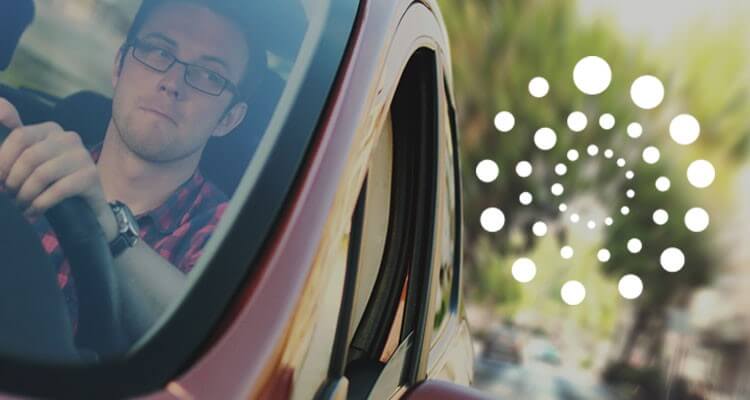>03
Nov

03
Nov
When you’re testing a used car, there are many things you should look for to ensure the car you’re buying is what you want it to be. It’s important to be thorough when you’re test driving a car, to make sure you don’t get stuck with expensive repair costs for faults you didn’t notice before you bought it. Below are some of the important things to look for on your test drive.
Check the body and over for any scratches or marks in the paintwork. You should also check for any dents. Look carefully at the panel for any uneven gaps – this could mean the vehicle has sustained damage from an accident. Check that the paintwork is an even colour and look for any bubbling.
The minimum legal tyre tread in the UK is 1.6mm, so you should check the tyres to ensure they’re at this depth. Some tyres have indicators on them where you can see the level or you can get a tyre gauge to measure it. Alternatively, you can use a 20p coin to test the level – if the outer rim of the coin is obscured by the tyre, it will be above the legal depth. You should also look to see that the wear is even across the tyres. If it is unevenly spread, there could be an issue with the suspension.
You should check all the headlights are working. You should also test the indicators and the brake lights, as well as the reversing lights.
If the car has been sitting on the forecourt for some time, then it might take a few tries on the brakes to clear any rust or debris that has built up. However, if they still feel spongy or weak after a few minutes of driving, it could indicate a fault.
If and when it’s safe to do so on your test drive, you should check how the brakes operate with an emergency stop. When you’re on a straight part of the road, warn your passengers that you will be braking hard and then firmly put your foot on the brake pedal. The car should stop in a straight line. If it veers to one side, there could be a fault somewhere.
The steering wheel should be straight when you’re driving in a straight line. It shouldn’t vibrate or wobble when you’re accelerating or braking. If it does, there could be an issue with the wheels, suspension, or the steering itself. When you move the wheel, the steering should be responsive and even.
When you’re driving the car, listen for any creaking or banging. Noises like these could show that there is a problem with the suspension, and it may need parts replaced.
Take notice of where the bite point is on your clutch pedal. If it is quite high, it could indicate that the clutch is worn. You should be able to change gears smoothly and without them making a crunching sound.
You should make sure to check all the electrics and any gadgets in the car. This includes the windows, radio, air conditioning, Bluetooth connection, in-built Sat Nav and anything else that comes in your car as a feature. Make sure it will work as you want it to work. You could even connect your phone and make sure it has the functions you need it to have.
You should make sure the seats are right for what you need. If you have kids, it can be a good idea to bring them with you on the test drive to make sure they have enough room. You could also bring any child seats you use regularly to make sure they fit. You should also check the boot is big enough for what you will be using it for and check that it’s easy to get items in and out.
There are a few documents you should check whilst you’re at the test drive. This includes the V5C registration certificate for the vehicle. This will detail the history of the car, including how many owners it has had and the current registered owner. You should check that the registered owner is the one that is trying to sell you the car – if it isn’t it could indicate that the car has been stolen or that it is being sold to pay off unpaid finance. If the latter is the case, you could inherit the debt associated with the car.
You should also ask to see the MOT certificate. Any vehicle over three years old should have a valid MOT certificate, otherwise, it can’t be insured and legally driven on public roads. You should check the mileage of the car matches the mileage written on the certificate and make sure it has the same registration number.
If you’re looking to buy a car, get your car finance from Get Car Finance Here. Our team will find the best finance deal for your situation and budget, so you can drive away in your dream car as soon as possible. Apply online today.
Thank you for your interest. Please fill out the form below to Request a call back and someone from our team will get in touch shortly.